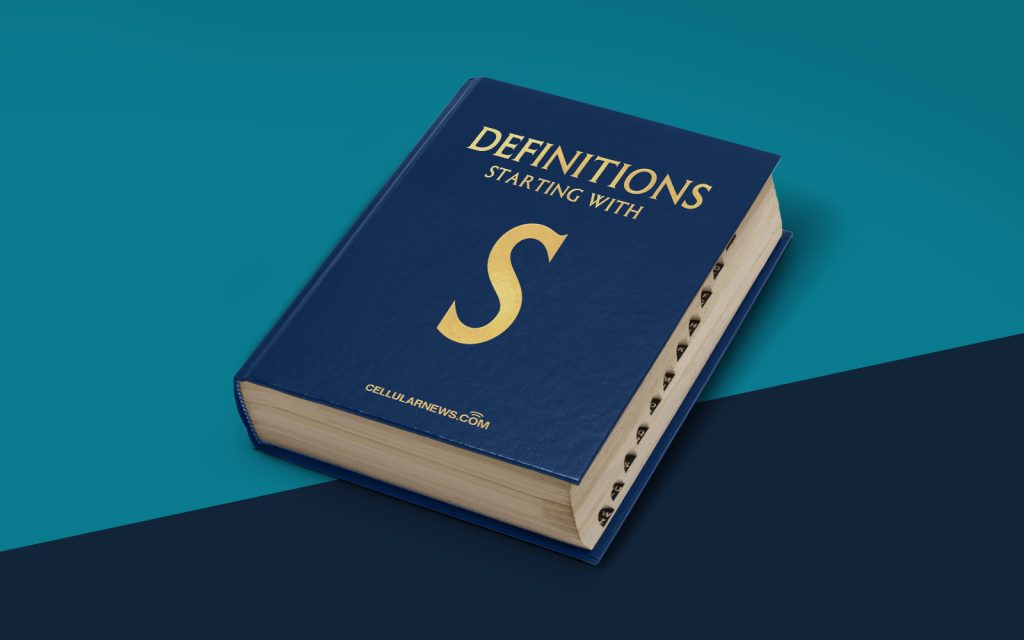
Introducing Simple Directmedia Layer (SDL)
Are you familiar with the concept of Simple Directmedia Layer (SDL)? If you’re a developer or a gaming enthusiast, you may have come across this term before. SDL is a powerful cross-platform development library that provides low-level access to audio, keyboard, mouse, joystick, and graphics hardware. It serves as a foundation for many popular gaming and multimedia applications. In this article, we’ll explore what SDL is, why it’s an essential tool for developers, and how it can enhance your gaming experience.
Key Takeaways
- SDL is a powerful cross-platform development library.
- It provides low-level access to audio, keyboard, mouse, joystick, and graphics hardware.
Understanding SDL
SDL, also known as Simple Directmedia Layer, is an open-source development library that was created to simplify the process of multimedia programming. It was initially designed for game development, but its versatility and ease of use have made it a preferred choice for various multimedia applications. SDL provides an abstraction layer between the underlying hardware and the software, making it easier to develop cross-platform applications that run seamlessly on different operating systems.
SDL is primarily written in C, but it also has bindings for several other programming languages, such as C++, Python, and Java. This flexibility allows developers to choose the language they are most comfortable with while still benefiting from the power and efficiency of SDL.
SDL offers a wide range of features and functionalities that make it an essential tool for developers. Some of its notable features include:
- Audio and Video Support: SDL provides a straightforward interface for playing audio and video files, making it ideal for multimedia applications.
- Graphics Rendering: SDL offers hardware-accelerated 2D graphics rendering, allowing developers to create stunning visual effects in their games or applications.
- Input Handling: SDL provides an easy-to-use API for handling user input, such as keyboard, mouse, and joystick events.
- Window Management: SDL simplifies the process of creating and managing windows, allowing developers to focus on the core functionality of their applications.
- Networking: SDL includes networking support, enabling developers to create multiplayer games or applications that require network communication.
Moreover, SDL is compatible with a wide range of operating systems, including Windows, macOS, Linux, iOS, and Android. This cross-platform compatibility makes it an excellent choice for developers who want to target multiple platforms without the need for significant code modifications.
Why SDL Matters
SDL plays a crucial role in the game development industry and beyond. Here are a few reasons why SDL is highly valued among developers:
- Efficiency and Performance: SDL is designed to be lightweight and efficient, ensuring optimal performance even on resource-constrained systems.
- Portability: SDL provides a unified API across different platforms, eliminating the need for developers to write separate code for each platform they target.
- Community Support: SDL has a vibrant and active community of developers who contribute to its development and provide helpful resources and support.
- Open Source: Being an open-source library, SDL is continuously improved and maintained by a dedicated community, which ensures its longevity and adaptability to new technologies.
Whether you’re a professional game developer or an enthusiast looking to create your own games, SDL is a valuable tool that can simplify the development process and enhance your overall experience. Its wide range of features, cross-platform compatibility, and active community make it a top choice for developers around the world.
In conclusion, Simple Directmedia Layer (SDL) is a powerful cross-platform development library that provides low-level access to audio, keyboard, mouse, joystick, and graphics hardware. It simplifies the process of multimedia programming and offers a wide range of features that make it an essential tool for developers. Its efficiency, portability, and vibrant community support make it an excellent choice for anyone involved in game development or multimedia programming.
